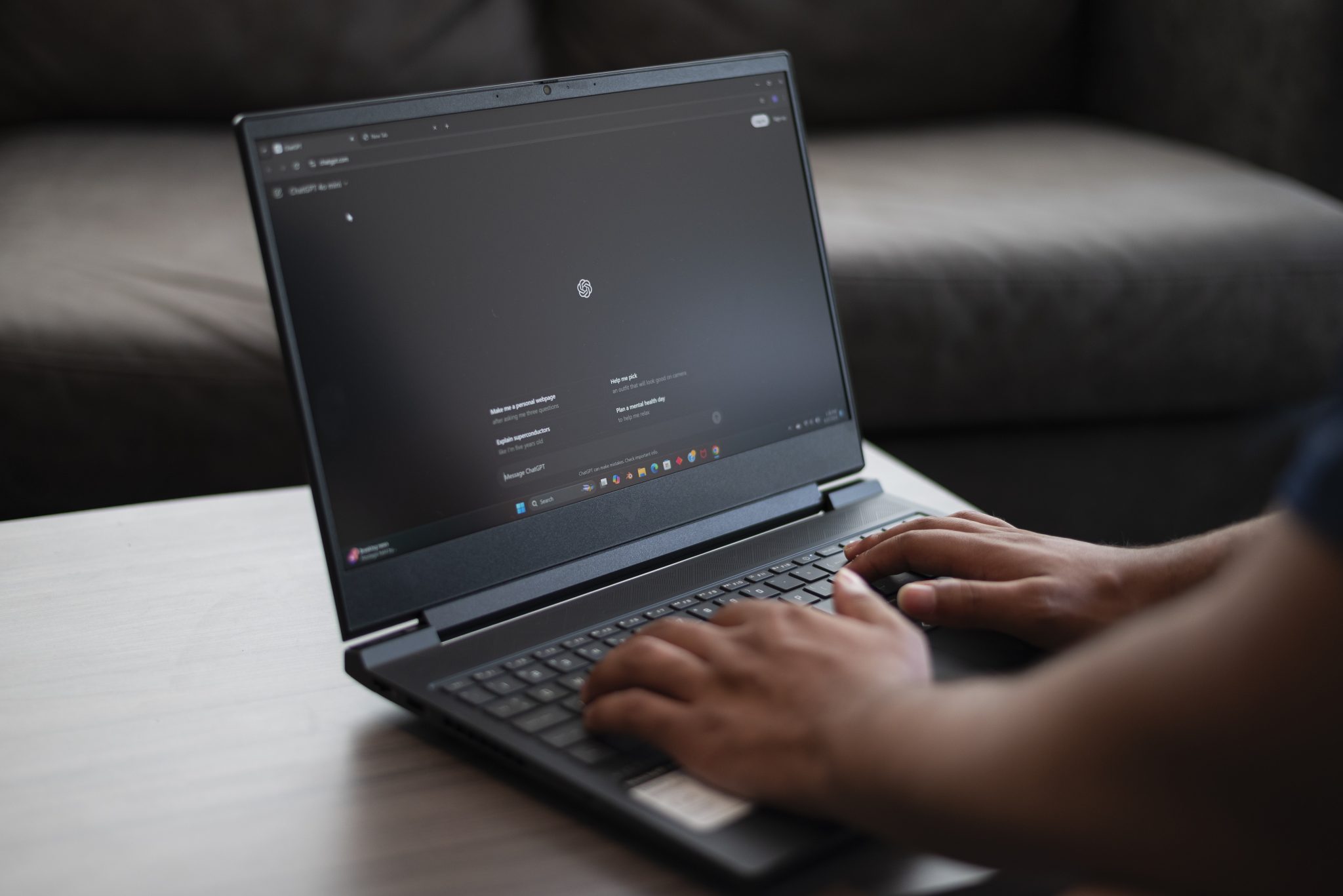Some classes at the University of Maryland now use artificial intelligence chatbots released by this university’s Division of Information Technology.
The bots, piloted last spring, are similar in function to well-known chatbots such as ChatGPT, according to business professor Michael Kimbrough. The chatbots can answer questions about the syllabus, course structure and class material.
The 10 chatbot-assisted courses offered this semester include business, computer science and engineering classes, according to Maryland Today.
Many well-known chatbots can present misinformation concerns when getting information from publicly available sources on the internet. But this university’s chatbots have a limited database of knowledge restricted to the information given to them by professors, according to Zeinab Karake, a business professor specializing in information systems.
Professors upload course material to a Google Drive folder with a “one-to-one mapping” connection to a chatbot, Karake explained. This ensures that the information from the chatbot is restricted to the materials provided by the professor.
[UMD announces new artificial intelligence institute]
The chatbots received minimal feedback from students when they were first released during their pilot program this past spring. However, they received positive feedback from both professors and students enrolled in summer courses this year, according to Karake.
Kimbrough had positive experiences with a chatbot when he taught a 100-level accounting course this summer as a part of the Terp Young Scholars program.
The chatbot, Kimbrough said, allowed students to receive immediate answers to their questions about the course material. This helped students become more comfortable with the content and allowed for more in-depth discussions during class time, he said.
“The prior year we would get a lot of inquiries on the homework, whereas this year, students seemed to be able to do the homework very comfortably without a lot of visiting our office hours or emailing us with specific questions,” Kimbrough said.
In addition to questions about specific material, many students ask about course structure, grading and other topics mentioned in the syllabus. The chatbot’s ability to address these issues saves time for both students and teaching staff, Karake said.
“You can get a response to your question as a student instantaneously,” Karake said. “You don’t have to email your professor. You don’t have to email your TA or meet with your TA.”
[UMD records at least 50 AI-related academic integrity cases in 2022-23]
The chatbot is also easy to navigate for both students and professors, Kimbrough added.
“I’m not necessarily the most technologically savvy person, but [the DIT] makes it quite easy,” Kimbrough said.
Sophomore electrical engineering major Bella Schwartz uses AI to assist her with writing code. Although Schwartz has not yet taken a course at this university with an integrated chatbot, she understands the precautions the DIT takes to prevent students from misusing their class-specific AI.
Schwartz appreciates the technology but also understands the responsibility that comes with working with it. This university’s teaching and learning transformation center aids students and professors in the ethical use of AI in academics.
“If we’re starting to implement AI in classes, I feel like there should be some sort of introduction at the beginning of the class that [teaches students how to] use AI,” Schwartz said.
Karake also wants students to learn more about AI and hopes new student orientations will hold a session about technology and chatbots.
“We need to encourage our students to use the technology itself,” she said. “We’re trying to push the use of artificial intelligence ethically [and] minimize biases.”



